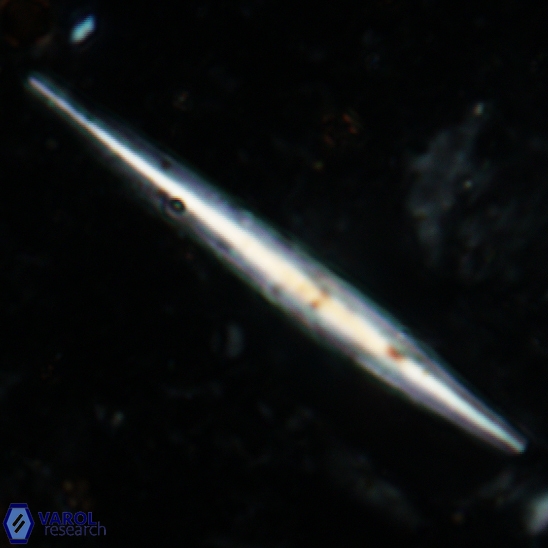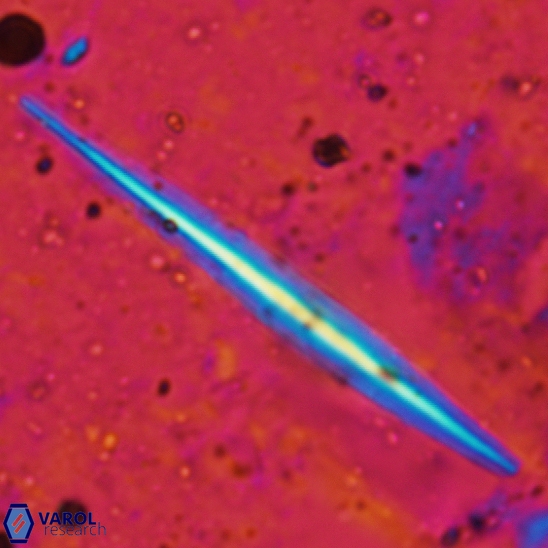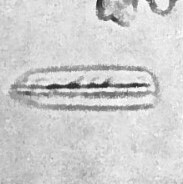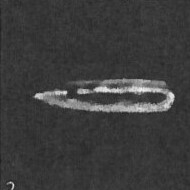Triquetrorhabdulus carinatus
Set number: 784
-
1
-
2
-
3
-
4
-
5
-
6
-
7
-
8
10µm
with dentate margin
Set number: 785
-
1
-
2
-
3
-
4
-
5
-
6
-
7
-
8
10µm
Set number: 786
-
1
-
2
-
3
-
4
-
5
-
6
-
7
-
8
10µm
with rim
Set number: 787
-
1
-
2
10µm
with wide blades >4.0µm
Set number: 788
-
1
-
2
-
3
10µm
with rim
Set number: 789
-
1
-
2
10µm
with dentate margin
Set number: 790
-
1
-
2
10µm
Set number: 791
-
1
-
2
-
3
-
4
10µm
Set number: 792
-
1
-
2
-
3
-
4
10µm
Triquetrorhabdulus carinatus Martini, 1965
Triquetrorhabdulus carinatus, an elongated species with three blades of equal width and pointed ends, exhibits parallel extinction (extinction angle of 0°) and length-fast (-) elongation in its natural settling position (Figures 15A-B and Plate 7, Figs. 18,22 in Varol, 2025). Triquetrorhabdulus carinatus is distinguished from Triquetrorhabdulus milowii by having blades of equal width, whereas the latter species exhibits three blades of unequal width.
Martini, E. 1965. Mid-Tertiary calcareous nannoplankton from Pacific deep-sea cores. Colston Papers 17: 393-411.
Varol, O. 2025a. A practical guide to optical studies of calcareous nannofossils. Grzybowski Foundation Special Publication. 29: 1-222
Bukry, D. 1971b. Cenozoic calcareous nannofossils from the Pacific Ocean. - San Diego Society of Natural History Transactions 16: 303-327.



